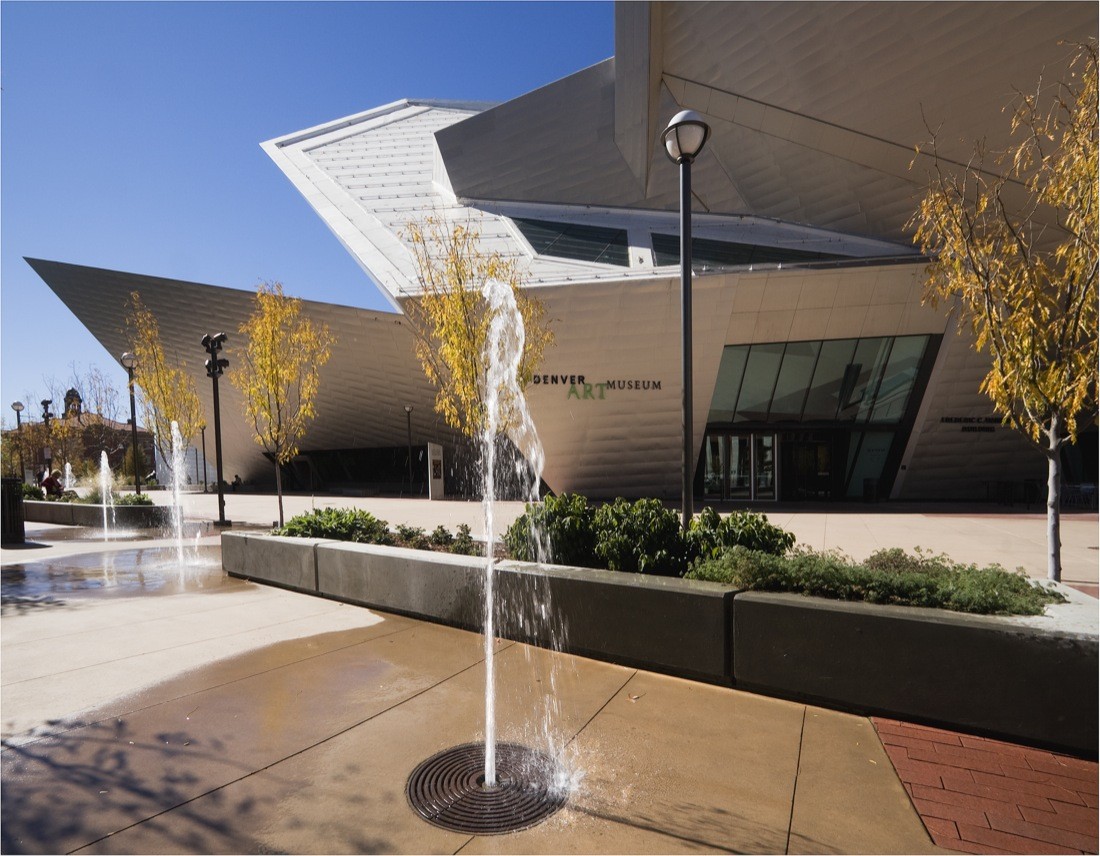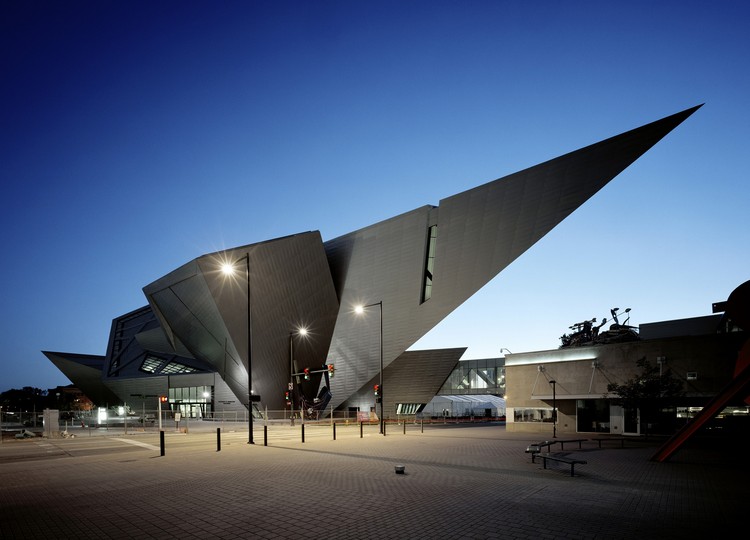In the bustling heart of Denver, there is a cultural bastion that draws visitors from all walks of life and art enthusiasts from across the globe. The Denver Art Museum, with its rich history and ever-evolving presence, has firmly established itself as a cultural hub in Denver. Its origins, tracing back to the modest beginnings of the Denver Artists Club in 1893, to its transformation into a premier art destination, reflect a journey of ambitious vision and relentless dedication to the arts.
Today, the museum stands not just as a repository of art, but as a testament to Denver’s commitment to cultural enrichment and accessibility. Through its myriad of transformational renovation projects and expansion efforts, including the significant 2018 initiative, the Denver Art Museum has seamlessly woven the fabric of art into the daily lives of Denver’s community, ensuring the endurance and relevance of art in society.
 Source: archdaily.com
Source: archdaily.com
Within its walls, the Denver Art Museum holds an awe-inspiring diversity of art collections, showcasing the breadth and depth of human expression across times and continents. Among its prized possessions are the extensive Native American art collection, encompassing works that span hundreds of years and represent over a hundred tribes, and the Modern and Contemporary Art collection, reflecting the evolving nature of art and its impact on society. Additionally, the museum is home to remarkable Oceanic and African Art collections, offering insights into the cultures and traditions of distant lands and peoples.
The Denver Art Museum’s collections are a treasure trove not only for their historical and cultural wealth but also for their educational value. Through these collections, the museum plays a pivotal role in fostering understanding and appreciation of global cultures, art movements, and artistic expression. Each piece tells a story, inviting visitors to embark on a journey through time, exploring humanity’s creative legacy.
The museum’s iconic architecture is a visual spectacle that captivates and intrigues, enhancing Denver’s skyline and cultural landscape. The Frederic C. Hamilton Building, designed by the visionary Daniel Libeskind, stands as a modern marvel, its dynamic form and cutting-edge materials symbolizing the forward-thinking spirit of Denver. This building, alongside the original structure designed by the Italian maestro Gio Ponti, embodies a dialogue between the past and the future, between tradition and innovation.
The architecture of the Denver Art Museum is not just about aesthetic appeal; it’s a physical embodiment of the museum’s mission to be an accessible, engaging, and thought-provoking space for art. These buildings invite exploration and discovery, serving as a gateway to the vast world of art housed within. The museum’s design is a reminder of art’s power to inspire wonder and stimulate creativity, reinforcing the museum’s role as a beacon of cultural excellence.

- The Frederic C. Hamilton building: A masterpiece of modern architecture. Source: igor fracalossi – archdaily.com
As a cultural beacon, the Denver Art Museum lights the way for community engagement through its diverse array of educational programs, exhibitions, and events. It not only curates art but also crafts experiences that connect people, bridging gaps and fostering a sense of community. These programs are designed to ignite curiosity, encourage exploration, and stimulate conversation, making art accessible to all, regardless of age or background.
The museum’s transformation and renovation efforts, particularly the addition of the new Sie Welcome Center, are a testament to its commitment to enhancing visitor experiences and accessibility. By reimagining and expanding its spaces, the museum continues to grow alongside the community it serves, ensuring that it remains a vibrant, inclusive, and dynamic destination for art lovers and the art-curious alike. Through these endeavors, the Denver Art Museum not only preserves and shares its collection but also ensures that art remains a central, enduring part of Denver’s cultural landscape.
In conclusion, the Denver Art Museum is more than just a museum; it is a cultural crossroads, a place where art and community converge. With its diverse collections, iconic architecture, and dedication to education and engagement, it stands as a cornerstone of Denver’s cultural identity. For residents and visitors alike, the Denver Art Museum is not just a must-visit; it’s a must-experience, a journey through the world of art that enlightens, enriches, and inspires.
